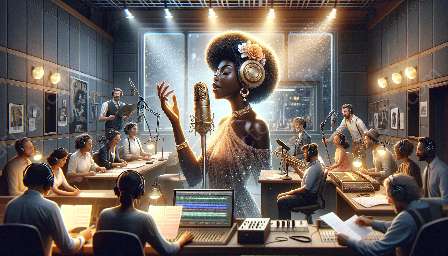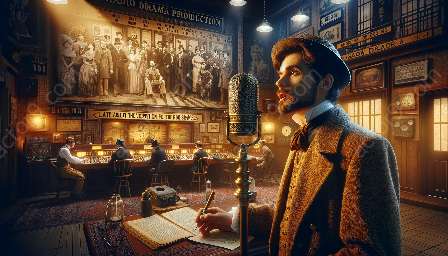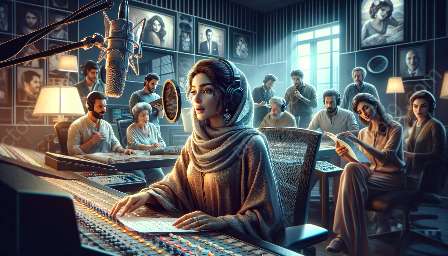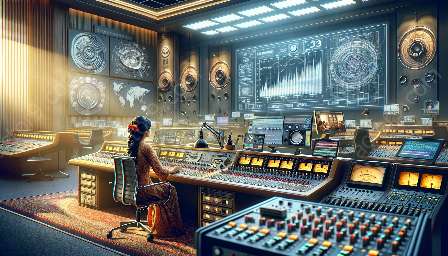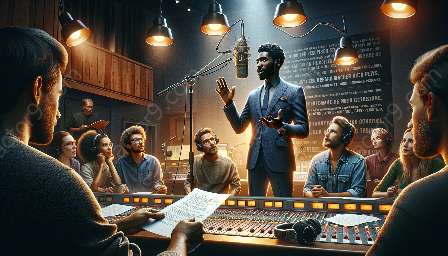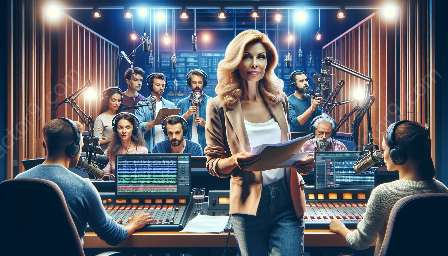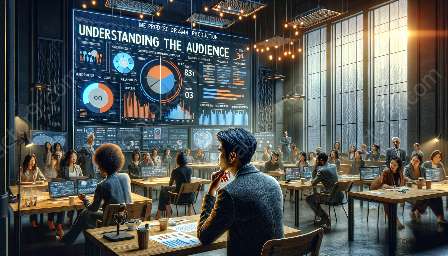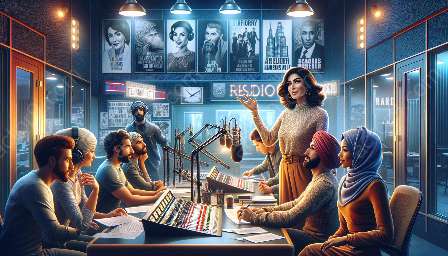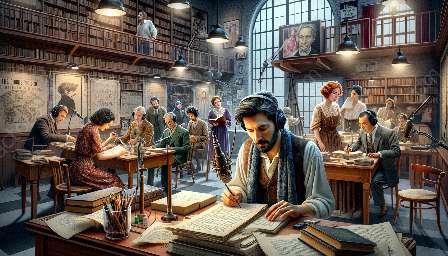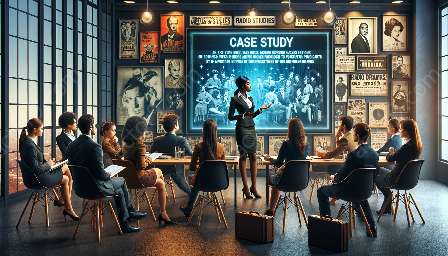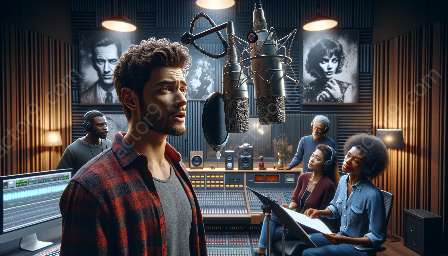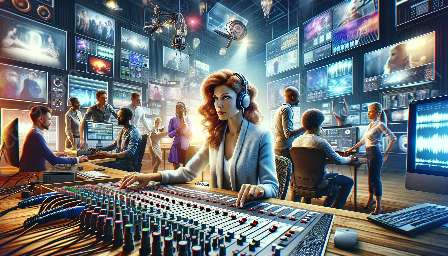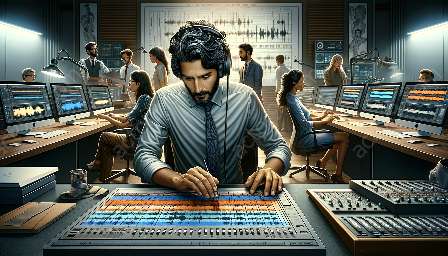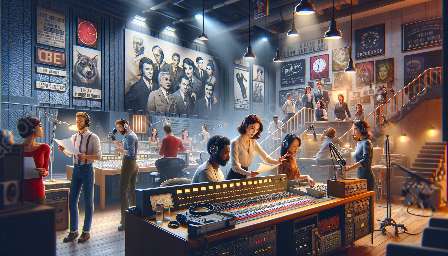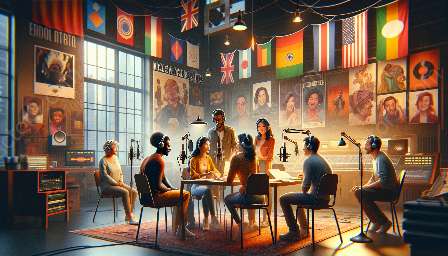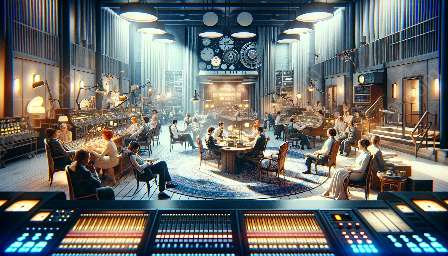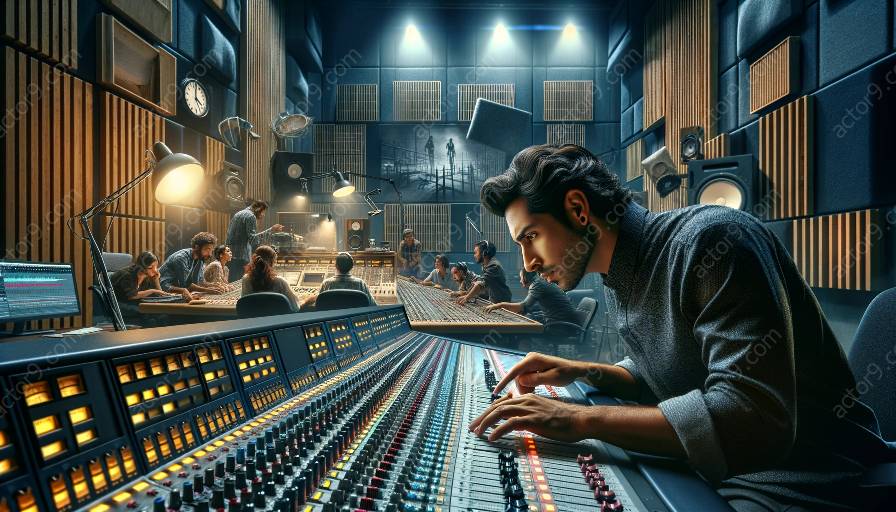Sound design plays a crucial role in enhancing the storytelling experience in both radio drama and film. This comparative analysis aims to delve into the art of sound design within the context of these two mediums, examining the use of sound effects and background music in radio drama production.
Introduction to Sound Design in Radio Drama and Film
Sound design encompasses the careful orchestration of audio elements to create a vivid and immersive auditory experience for the audience. In both radio drama and film, sound design serves to complement the visual and narrative elements, enhancing emotional impact and creating a sense of authenticity within the story.
Production Processes
When considering the production of sound design for radio drama and film, there are significant differences in the processes involved. In radio drama production, sound effects and background music are paramount, as the absence of visuals places greater emphasis on the auditory component. This requires meticulous planning and execution to ensure that the sound elements effectively convey the intended imagery and atmosphere to the audience.
Conversely, in film, the visual aspect is already present, and sound complements and enhances the visual storytelling. This allows for a more integrated approach to sound design, with sound effects and music working in tandem with the visual elements to create a cohesive sensory experience.
Techniques and Artistry
Radio drama production often relies heavily on the creative use of sound effects to transport the audience into diverse settings and situations. From footsteps and door creaks to environmental sounds, the use of sound effects in radio drama requires a high level of artistry and technical skill to evoke vivid imagery and elicit emotional responses from the audience.
On the other hand, in film, the use of sound effects is equally crucial, but the visual context often influences the audience's interpretation of these effects. Furthermore, film sound design may incorporate more advanced techniques such as spatial audio and surround sound, aiming to immerse the audience within the film’s world.
Background music, a key element in both radio drama and film sound design, serves to underscore the emotional beats of the narrative. In radio drama, the absence of visuals places greater emphasis on the emotive and atmospheric qualities of the music, while in film, the music often works in tandem with visual cues to guide the audience's emotional journey through the story.
Impact on Audiences
The impact of sound design in both radio drama and film is profound. In radio drama, the carefully crafted use of sound effects and background music can transport the audience to different times and places, fostering a deep sense of immersion and engagement.
In film, sound design contributes significantly to the emotional resonance of a scene or sequence. The strategic use of sound effects and music can evoke heightened emotions, create tension, and build suspense, enriching the visual narrative and leaving a lasting impact on the audience.
Conclusion
Sound design is a vital component of both radio drama and film, each offering unique creative opportunities and challenges. By exploring the parallels and differences in sound design between these two mediums, we gain a deeper understanding of the artistry and technical expertise involved in creating compelling auditory experiences. Whether in the absence or presence of visuals, sound design continues to play a pivotal role in shaping the audience's perception and emotional connection to the narrative.

